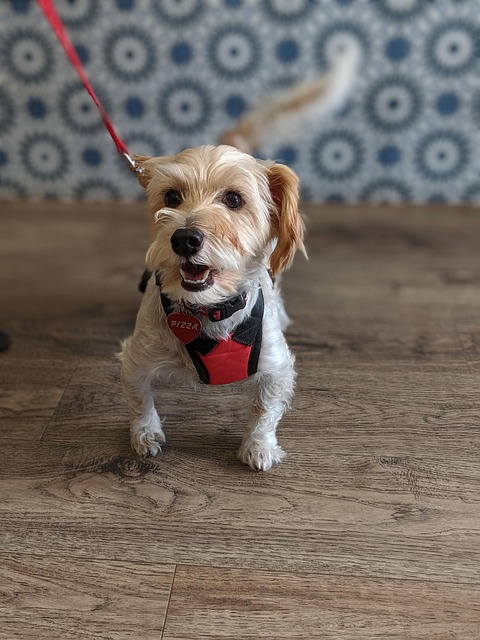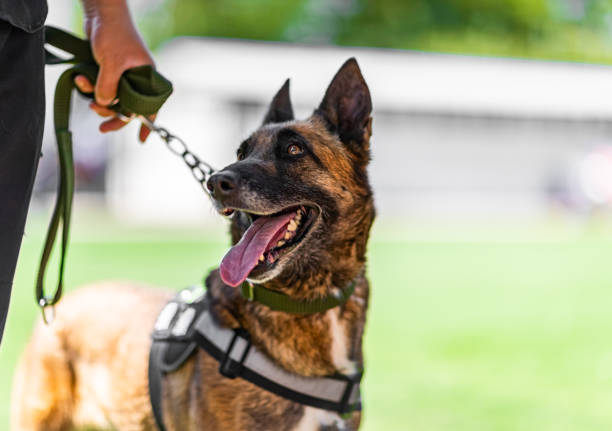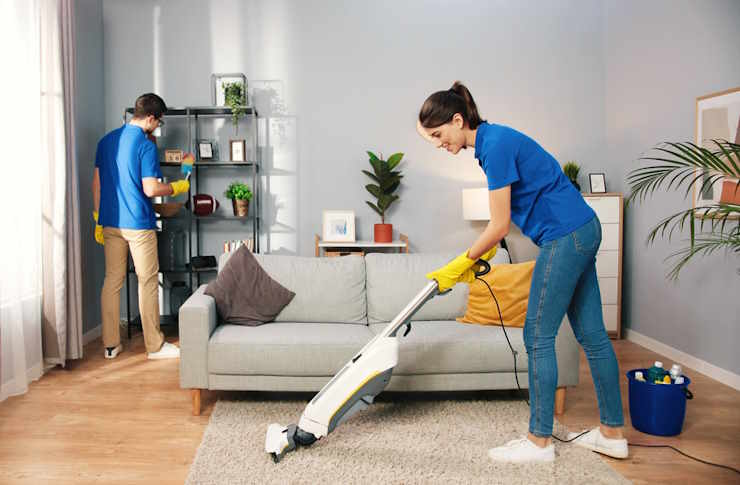Dog Training: Practical Methods for Everyday Behaviour
Training a dog creates a clearer relationship between pet and owner and improves everyday life at home, on walks and around other people and animals. Practical training focuses on communication, consistency and rewards, helping dogs learn cues for safety and good manners. This article explains accessible techniques, common challenges and how to choose appropriate local services for different needs.

Why consistent rules matter
Dogs respond to routine and clear expectations. Consistent rules reduce confusion and help dogs predict consequences, which lowers stress and accelerates learning. When all household members apply the same commands and boundaries, a puppy or adult dog learns faster and is less likely to revert to unwanted behaviours. Consistency includes using the same words for cues, rewarding the same responses and setting predictable daily routines for exercise and feeding.
How to start basic obedience
Begin with short, frequent sessions—five to ten minutes several times a day—using high-value rewards such as small treats or praise. Start with foundational cues: sit, down, stay and come. Use clear, calm verbal cues paired with a simple hand signal, then reward immediately when the dog performs the behaviour. Progress by increasing distance and duration slowly. Patience and repetition matter more than force; positive reinforcement produces more reliable, willing responses.
Managing common problem behaviours
Problem behaviours like jumping up, pulling on the lead or excessive barking often have clear triggers: excitement, lack of exercise, attention seeking or anxiety. Address these by identifying the trigger, teaching an alternative behaviour (for example, sit instead of jump) and reinforcing that replacement consistently. For separation-related behaviours, gradually increase alone time and create calming routines. If behaviours are severe or sudden, consult a qualified behaviour specialist to assess potential medical or anxiety-related causes.
Training for different life stages
Puppies need focused socialisation and basic cue training from an early age, while adolescent dogs benefit from patience as they test boundaries. Older dogs can learn new behaviours but may need modifications for reduced mobility or sensory changes. Tailor sessions to energy levels and attention span: puppies often prefer play-based learning, adolescents may respond to structured routines, and seniors might appreciate gentler pacing and scent-based games to stimulate cognition.
Tools and techniques that help learning
Useful tools include a flat collar or harness, quality lead, clicker (if using marker training) and small, easily consumed treats for quick reinforcement. Clicker or marker-word training builds precise timing for rewards, and lure-and-reward methods help introduce new cues. Avoid punitive tools that cause pain or fear; aversive methods can damage trust and create reactive behaviours. Incorporate enrichment—puzzle feeders, scent games and supervised play—to reinforce learned behaviours and provide mental stimulation.
Choosing local services and what to expect
When seeking professional support, look for trainers or behaviourists who prioritise force-free, science-based methods and who can tailor programmes to your dog’s needs. Local services may offer group classes, one-to-one sessions, home visits or virtual coaching. Ask about qualifications, continued education and experience with similar problems. A good programme will include clear goals, homework for owners and measurable progress rather than quick-fix promises. Check reviews and whether the provider offers an initial consultation.
Conclusion
Effective dog training blends clear communication, consistent routines and rewards that motivate the individual animal. Success relies on adapting techniques to the dog’s age, temperament and life situation, and on owners practicing patience and consistency. When challenges exceed home strategies, seeking experienced, ethical local services can provide structured guidance and support to improve both the dog’s behaviour and the quality of life for the household.



